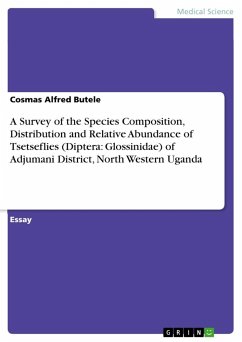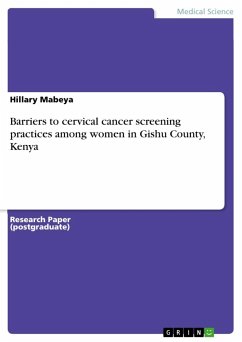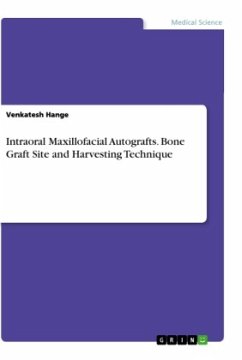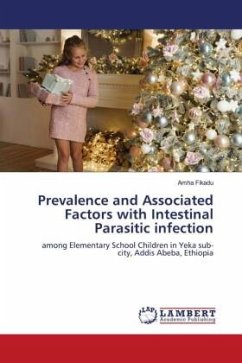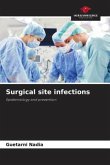Bachelor Thesis from the year 2014 in the subject Medicine - Other, grade: 2.0, , course: MLS, language: English, abstract: Intestinal schistosomiasis remains a major threat to residents of lambu landing site in Masaka district. Although studies have been done around Lake Victoria region no study has focused on this landing site alone.With this paucity of data regarding the prevalence of intestinal schistosomiasis at this landing site; the Investigators developed interest to find out the estimated prevalence and the social demographic factors related to Schistosoma infection.A cross sectional study was carried out between October 2012 and May 2013 to determine the prevalence of intestinal Schistosomiasis at this landing site. A total of 405 respondents aged ten years and above participated in the study. Single stool samples were collected and examined for Schistosoma mansoni ova using the Kato Katz technique.Majority of the studied participants were Men (59.2%), participants were mostly aged 11-24 years representing 40.3% of the population studied. A large proportion (45.3%) had attained primary education or more and two third (68.2%) had lived in the fishing site for more than 6months. The highest proportion (67.8%) of these participants had never received treatment for Schistosomiasis. Nearly half (45.8%) visit the lake daily and majority (61.2%) use public toilets.Most of the respondents (37.8%) were engaged in fishing, 16.7% in fish trade and 11.7% in farming. There were nearly equal proportions (33.8%) of the participants engaged in other occupations (especially as students) as there are those engaged in fishing.The estimated prevalence of Schistosoma mansoni (intestinal Schistosomiasis) in this fishing site was 217/402 representing 54.0%. This prevalence is quite high considering that control measures have been into place for some time.The results from this study indicate that fishing as an occupation, gender, age; poor toilet utilisation and frequency to the lake shore contribute to the spread of schistosomiasis around Lambu landing site.The above findings indicate that indeed intestinal schistosomiasis is still a problem considering that control measures have been in place since 2002, the prevalence was generally higher when compared to the general population at 54.0% vs. 47.5%.The study recommends that all stakeholders involved in the control should opt for a multisectoral approach like massive health education, provision of clean water, ensuring that there are enough well equipped health facilities and qualified health workers in the area.


